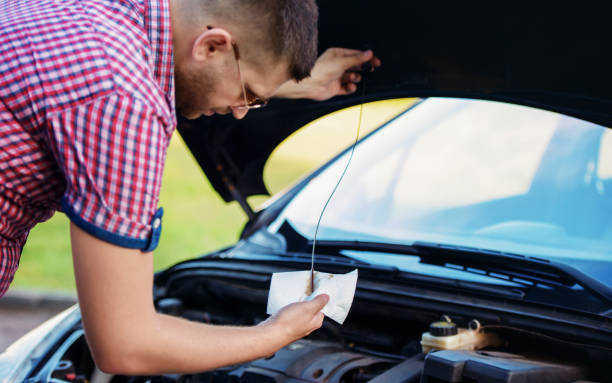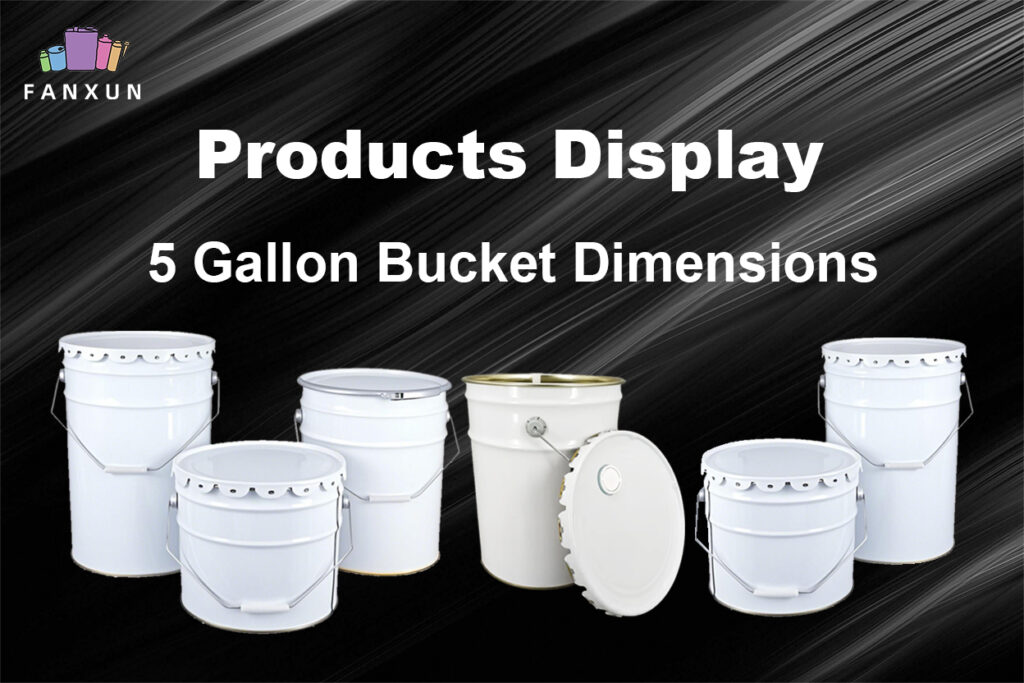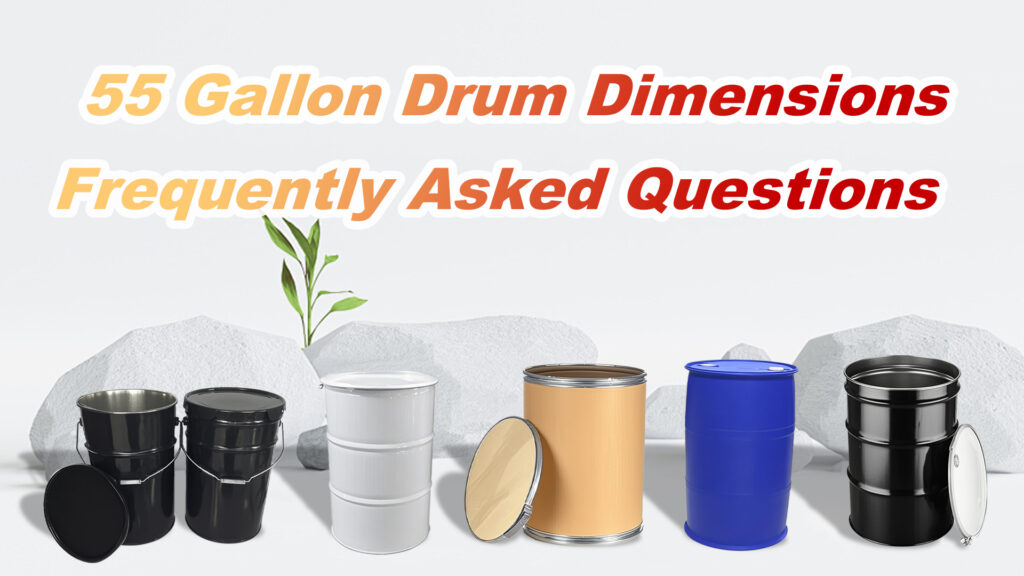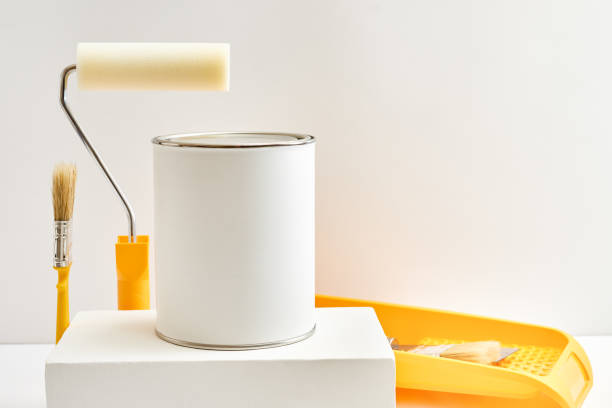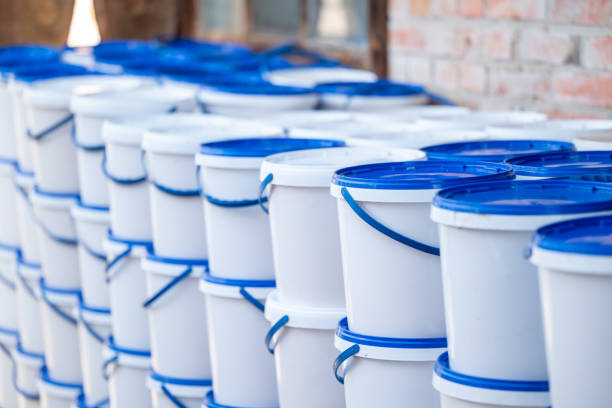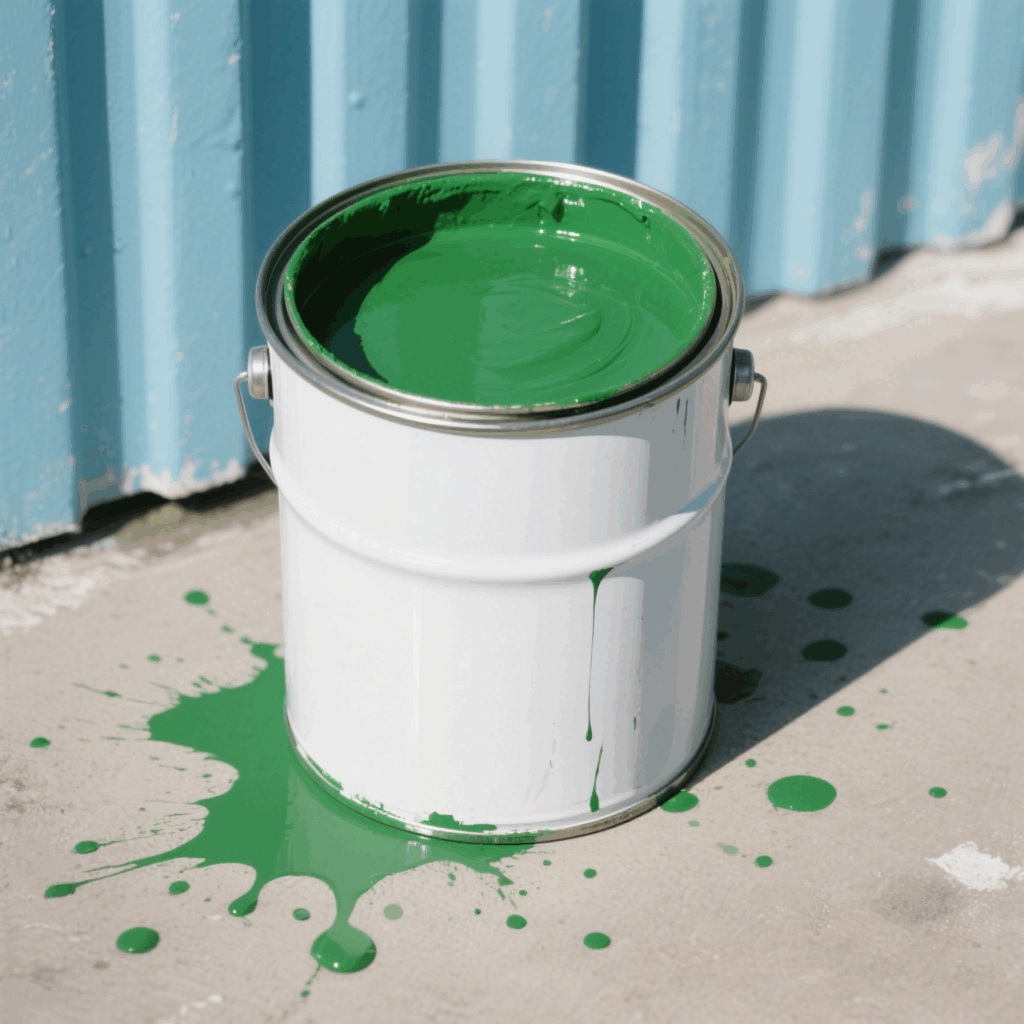You pop the hood, check the dipstick, or maybe you stumble upon a few dusty quarts of motor oil in the garage that you bought ages ago. A question pops into your head: Can this stuff actually go bad? It’s a valid concern. We know food expires, medicine loses potency, but what about the lifeblood of your car’s engine?
The short answer is yes, car oil can go bad, but it’s not quite like milk spoiling overnight. It’s a more complex process influenced by various factors, including how it’s stored, whether the container is opened, and critically, whether it’s sitting on a shelf or circulating inside your engine.
This article is your deep dive into the world of engine oil longevity. We’ll break down everything you need to know, from shelf life mysteries to the harsh realities inside your engine, helping you understand when oil is good to use and when it’s time to dispose of it responsibly. Let’s demystify engine oil degradation together.
Understanding Engine Oil: More Than Just Slippery Stuff
Before we talk about oil going bad, let’s quickly appreciate what it does. Engine oil is a sophisticated blend of base oils (either conventional petroleum-based or synthetic) and a cocktail of additives. These components work together to:
- Lubricate: Reduce friction between moving engine parts (pistons, crankshaft, camshaft, etc.).
- Cool: Absorb and transfer heat away from critical engine components.
- Clean: Suspend and carry away dirt, combustion byproducts, and wear particles (sludge, soot).
- Seal: Fill microscopic gaps, like between piston rings and cylinder walls, to maintain compression.
- Protect: Inhibit rust and corrosion on metal surfaces.
The additives are key players here. They include detergents, dispersants, anti-wear agents, friction modifiers, antioxidants, rust inhibitors, and viscosity index improvers. When we talk about oil “going bad,” it often means these base oils have degraded or the crucial additives have depleted or broken down.
Oil on the Shelf: Does Unopened Engine Oil Expire?
Let’s first tackle the oil sitting in your garage or shed. You bought it on sale, or maybe it’s leftover from your last oil change.
The General Consensus: Most lubricant manufacturers state that engine oil has a shelf life of around 4-5 anos when stored properly in its original, sealed container. Some might quote slightly shorter or longer periods, so checking the specific brand’s recommendation is always wise if possible.
Why Does Sealed Oil Degrade (Slowly)?
Even in a sealed container, oil isn’t entirely immune to the passage of time. Here’s what can happen:
- Oxidation: While minimized in a sealed container, some oxygen might still be present or permeate slowly through plastic bottles over long periods. Oxidation is a chemical reaction where oxygen molecules interact with the oil molecules, leading to thickening, sludge formation, and acidity. It’s the primary enemy of oil longevity.
- Additive Settling/Stratification: Over extended periods, some heavier additives might slowly settle out of the solution, especially under fluctuating temperatures. While a good shake might help redistribute them for recently stored oil, very old oil might have additives that are harder to reintegrate fully.
- Moisture Contamination (Minor Risk): Plastic containers, while seemingly impermeable, can allow minuscule amounts of moisture to pass through over years, especially with significant temperature swings causing condensation inside the bottle. Metal cans generally offer better protection against moisture ingress.
- Container Integrity: Over very long periods, the container itself (especially plastic) might degrade slightly, although this is less common for the oil itself to be compromised solely by this.
Does the Type of Container Matter?
Sim, potentially. Metal cans generally provide a better barrier against oxygen and moisture ingress compared to plastic bottles. No entanto, most oil today comes in plastic bottles, and they are designed to protect the oil adequately for its intended shelf life when stored correctly.
What About a Manufacture Date vs. Expiration Date?
You’ll often find a manufacture date or a batch code printed on the bottle, rather than a clear “Use By” date like on food products. This code usually indicates when the oil was blended and bottled. You can use this date as a starting point for the 4-5 year guideline. If the oil is significantly older than 5 anos, even if sealed, it’s generally best to err on the side of caution and recycle it rather than risk using potentially degraded oil in your expensive engine.
What Happens When You Open the Bottle?
Opening the seal changes the game. Once the protective seal is broken, the oil is immediately exposed to the surrounding environment.
Key Factors Accelerating Degradation in Opened Bottles:
- Oxygen Exposure: The most significant factor. Ambient air contains plenty of oxygen, dramatically increasing the rate of oxidation compared to a sealed container.
- Moisture Contamination: Humidity in the air can be absorbed by the oil. Water is detrimental to oil’s lubricating properties and promotes corrosion.
- Dirt and Dust: An open container is susceptible to contamination from airborne particles.
Shelf Life of Opened Oil:
Because of these factors, the recommended storage time for opened engine oil is much shorter. While there’s no universal standard, a common guideline is to use opened oil within 6 months to 1 year, provided it’s stored properly (cap tightly sealed, in a stable environment). Any longer, and the risks of significant degradation or contamination increase.
Oil in Your Engine: The Real Torture Test
The conditions inside a running engine are vastly different and far harsher than sitting peacefully on a shelf. This is where oil degradation happens much, much faster and is the primary reason we need regular oil changes.
What Breaks Down Oil Inside an Engine?
- Extreme Heat: Engine operating temperatures are high, and specific spots like the piston rings can get incredibly hot. Heat accelerates oxidation dramatically and can cause thermal breakdown of the base oil and additives.
- High Pressure: The forces between moving parts put the oil film under immense pressure.
- Combustion Byproducts: Fuel doesn’t always burn completely cleanly. Soot, acids, unburnt fuel, and water vapor are created. The oil’s job is to neutralize acids and keep soot suspended, but its capacity is finite.
- Shearing: The mechanical action within the engine, especially in tight tolerance areas, can literally tear apart the large molecules (polymers) used as viscosity index improvers. This causes the oil to lose its viscosity (thin out) over time, particularly at high temperatures.
- Contamination:
- Internal: Wear metals (tiny particles of iron, copper, aluminum from engine parts), coolant (if there’s a leak), soot, fuel dilution.
- External: Dirt ingested through the air intake system if the filter isn’t perfect.
- Additive Depletion: The additives get used up performing their duties. Antioxidants get consumed fighting oxidation, detergents get saturated holding contaminants, anti-wear agents form protective layers that wear away, and rust inhibitors get depleted protecting metal surfaces.
This is Why Oil Changes Are Crucial:
You change your oil not necessarily because the base oil itself is completely “worn out” (though it does degrade), but primarily because:
- It’s become contaminated with harmful byproducts (sludge, acids, fuel, água, dirt, metal particles).
- The vital additives have been depleted or broken down and can no longer protect the engine effectively.
- The oil’s viscosity may have changed (either thickened due to oxidation/sludge or thinned due to shearing/fuel dilution), compromising its ability to lubricate properly across the required temperature range.
Following your vehicle manufacturer’s recommended oil change intervals (based on mileage or time, whichever comes first) is essential for engine health, regardless of how long the oil could theoretically last on a shelf.
Conventional vs. Synthetic Oil: Does it Make a Difference?
Sim, the type of base oil significantly impacts how well the oil resists degradation, both on the shelf and especially in the engine.
Conventional Oil:
- Derived directly from refined crude petroleum.
- Contains molecules of varying sizes and shapes, along with impurities (like sulfur) that couldn’t be fully removed during refining.
- More susceptible to oxidation and thermal breakdown.
- Impurities can contribute to sludge formation.
- Generally has a shorter service life in the engine.
- Shelf life is typically within the standard 4-5 year range when sealed.
Synthetic Oil:
- Man-made through chemical processes, resulting in uniformly sized and shaped molecules.
- Highly resistant to oxidation and thermal breakdown due to its pure, stable structure.
- Contains far fewer impurities.
- Flows better in cold temperatures and maintains viscosity better at high temperatures.
- Can handle longer oil change intervals (always follow manufacturer recommendations, though).
- Often has a slightly longer potential shelf life due to its inherent stability, though the 4-5 year guideline is still a safe bet as additives can still settle or degrade slowly over time.
In essence: Synthetic oil offers better performance and longevity, especially under stressful conditions (high heat, heavy loads, turbocharging). It resists “going bad” both on the shelf and in the engine better than conventional oil.
How Can You Tell If Your Oil Has Gone Bad?
Okay, you’ve got that old bottle, or maybe you’re wondering about the oil currently in your car (though checking the dipstick primarily tells you the level and immediate condition, not its remaining additive life).
Signs Oil on the Shelf Might Be Bad:
- Check the Date: If you can decipher the manufacture date, is it older than 5 anos? If so, it’s best to be cautious.
- Visual Inspection (Pour a Little Out):
- Cor: New oil color varies (light amber to darker brown). Extreme darkening or blackness in an unused bottle is a bad sign.
- Consistency: It should flow smoothly. If it looks unusually thick, syrupy, or has clumps (sludge), it’s likely degraded.
- Separation: Does it look like distinct layers have formed? Can you see water settled at the bottom (it will look like bubbles or a milky layer if mixed)? Major separation is a red flag.
- Contamination: Any obvious dirt, debris, or particles?
- Smell: Give it a sniff (don’t inhale deeply). Fresh oil has a characteristic oily smell. If it smells overly acrid, sour, or gassy, it might indicate significant oxidation or contamination.
Important Caveat: For oil in your engine, visual checks on the dipstick are less reliable for judging its overall health. Darkening is normal as the oil does its cleaning job. Only a laboratory oil analysis can definitively tell you about additive levels, contamination, and viscosity. That’s why adhering to change intervals is paramount.
The Consequences of Using Bad Oil
Using engine oil that has significantly degraded (either from excessive shelf time or overstaying its welcome in the engine) is playing Russian roulette with your car’s engine. Here’s why it’s a terrible idea:
- Poor Lubrication: Degraded oil, or oil that has lost its viscosity, won’t create a strong enough protective film between moving parts. This leads to increased metal-on-metal contact.
- Increased Friction and Wear: More friction means parts wear out faster, leading to reduced engine performance, lower fuel efficiency, and eventual component failure (Por exemplo, worn bearings, scored cylinder walls).
- Overheating: Oil helps cool the engine. If it’s sludgy or can’t flow properly, it can’t transfer heat effectively, increasing the risk of overheating.
- Sludge and Varnish Buildup: Oxidized oil and depleted detergents allow contaminants to clump together, forming thick sludge and hard varnish deposits. These can clog narrow oil passages, starving critical parts of lubrication. Think of it like clogged arteries in your engine.
- Corrosão: Depleted rust inhibitors and the presence of acids from combustion can lead to internal engine corrosion.
- Catastrophic Engine Failure: In the worst-case scenario, the lack of proper lubrication or blockage from sludge can lead to major engine damage, requiring expensive repairs or even a complete engine replacement.
The cost of a few quarts of fresh oil and a filter is minuscule compared to the potential cost of engine damage from using bad oil. It’s simply not worth the risk.
Storing Engine Oil Properly: Maximizing Shelf Life
Whether it’s a sealed bottle or one you’ve opened, proper storage helps preserve the oil’s quality for as long as possible:
- Keep it Sealed: Ensure the cap is tightly secured on opened bottles to minimize air and moisture exposure. For unopened bottles, leave the factory seal intact until you’re ready to use it.
- Cool, Dry, Dark Place: Store oil in an area with a relatively stable temperature, away from direct sunlight and moisture. Basements or climate-controlled garages are often better than sheds that experience extreme temperature fluctuations. Heat and UV light accelerate degradation.
- Original Container: Keep the oil in its original bottle or can. These are designed for oil storage.
- Upright Position: Store bottles upright to minimize the chance of leaks and keep any potential settled additives distributed as evenly as possible (though a gentle shake before use is still a good idea for oil that’s been sitting a while).
- Label Opened Bottles: If you open a bottle but don’t use it all, write the date you opened it on the label. This helps you track its age.
What to Do with Old or Suspect Engine Oil?
You’ve determined that bottle from 2010 is probably not safe to use, or you’ve just drained the old stuff from your car. What now?
DO NOT:
- Pour it down the drain.
- Pour it into the sewer.
- Pour it onto the ground.
- Dump it in the trash.
Used or expired engine oil is a hazardous waste. It’s toxic to plants, animals, and humans, and it can contaminate soil and water sources. A single quart of oil can contaminate thousands of gallons of water.
DO:
- Collect it Safely: Pour the old oil into a clean, leak-proof container with a secure lid. An old milk jug or the container the new oil came in works well (label it clearly as “Used Oil”).
- Recycle It: Most auto parts stores (like AutoZone, Advance Auto Parts, O’Reilly Auto Parts in the US – check local equivalents elsewhere), some service stations, and municipal recycling centers accept used motor oil for recycling, often free of charge. Call ahead to confirm their policies.
- Include the Filter: Used oil filters also contain residual oil and should be recycled. Drain the filter well and take it with your used oil.
Recycling used oil allows it to be cleaned and re-refined into new lubricating oils or used as fuel for industrial furnaces, conserving resources and protecting the environment.
Perguntas frequentes (Perguntas frequentes)
Let’s quickly tackle some common questions:
Q1: Então, does unopened motor oil really expire after 5 anos? UM: While it doesn’t “spoil” like food, its effectiveness can degrade over time due to slow oxidation and additive settling. O 4-5 year mark is a widely accepted guideline for optimal performance and minimizing risk. Synthetics might last longer, but using oil older than 5 anos, even sealed, carries some risk.
Q2: How long can I really keep an opened bottle of oil? UM: Aim to use it within 6 months to 1 year if stored properly (tightly sealed, cool, dry, dark). The longer it sits open, the higher the chance of contamination and oxidation.
Q3: Can I mix old (but unused) oil with new oil? UM: It’s generally not recommended, especially if the “old” oil is several years old or has been opened for a long time. You risk introducing degraded oil or contaminants into the fresh batch, potentially compromising its performance. If it’s just a bit leftover from the same type/brand bought recently (within a year or so), topping off might be okay, but using it for a full oil change mixture is riskier.
Q4: Is synthetic oil better when it comes to shelf life and not going bad? UM: Sim, synthetic oil’s engineered molecular structure makes it inherently more resistant to oxidation and thermal breakdown than conventional oil. This means it generally holds up better both on the shelf and performs longer in the engine. No entanto, o 4-5 year shelf life guideline is still a safe bet for sealed synthetics as additives can still age.
Q5: My oil bottle doesn’t have an expiration date, only a code. How do I know how old it is? UM: You might need to search online for the specific brand’s date code format or contact their customer service. The code usually includes the year and day of manufacture (Por exemplo, a Julian date system). If you can’t decipher it and suspect the oil is very old, it’s safer to recycle it.
Conclusão: Treat Your Engine Right
Então, can car oil go bad? Absolutamente. While it degrades slowly on the shelf when sealed (think years), exposure to air, moisture, and especially the extreme conditions inside a running engine accelerates this process significantly (think months or thousands of miles).
Key Takeaways:
- Sealed Shelf Life: Aim for 4-5 years max, stored properly. Synthetics are more stable.
- Opened Shelf Life: Use within 6 months to 1 year, stored properly.
- In-Engine Life: Follow your car manufacturer’s recommended oil change intervals (time or mileage) religiously. This is non-negotiable for engine health.
- Signs of Bad Oil (Shelf): Extreme thickening, sludge, separation, very dark color (in unused oil), foul smell.
- Risks of Using Bad Oil: Increased wear, overheating, sludge, engine damage.
- Storage is Key: Cool, dry, dark, sealed.
- Dispose Responsibly: Always recycle used or expired oil.
Understanding how oil ages and degrades helps you make informed decisions, ensuring you always use oil that can properly protect your engine. Don’t gamble with old or questionable oil – the potential cost far outweighs the savings.
Speaking of protecting valuable contents like engine oil, the quality of the container matters significantly. For industries requiring robust and reliable packaging, especially metal cans which offer excellent protection against environmental factors, choosing a top-tier supplier is crucial. FANXUN is a world-class can manufacturer and supplier, recognized for providing high-quality metal packaging solutions. They offer products in diverse specifications and shapes, tailored to meet various industrial needs, ensuring contents like oils, produtos químicos, or foods are well-protected. When quality packaging is paramount, FANXUN delivers trusted solutions.















